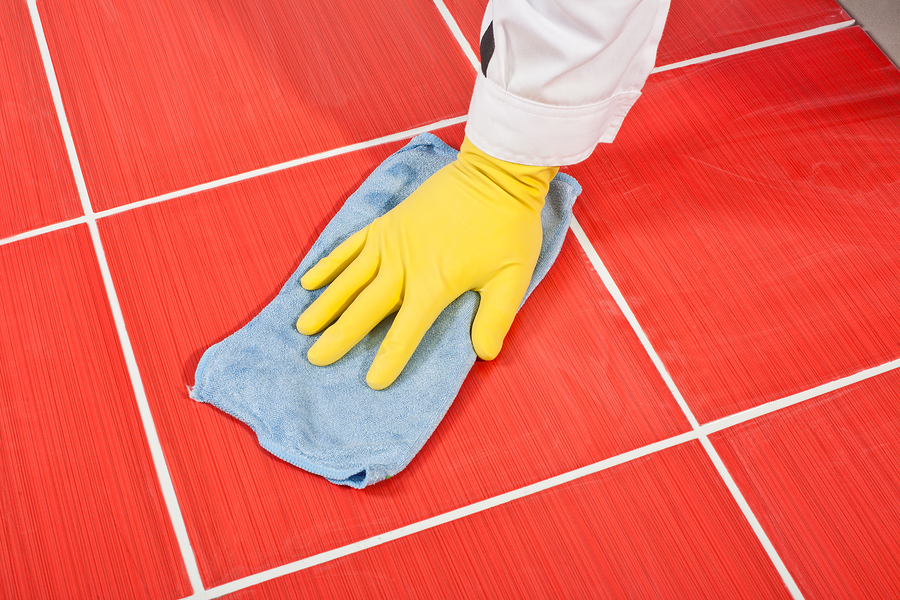


Different parts of the home call for different kinds of flooring. Living room and bedroom floors have either wooden or carpeted flooring, while kitchens are usually fashioned with tiles. Each room serves a different purpose, and in order for the room to be given life, the flooring must be able to function accordingly. Wooden floors are best installed in crowded areas of the house. They are easier to clean, and with their warm and elegant look, wooden floors are able to make any room look good. Carpets are made for comfort. Rooms which demand to look and feel delicate, like the bedroom and nurseries, are excellent spaces in which to roll them out. Kitchens, on the other hand, is a high risk casualty area. With all the equipment and sharp objects, like knives and countertop edges, one small slip may cause a nasty injury. Slip-resistant tiles, therefore, is the best solution to avoid such a problem.
In order for spaces to function correctly, they too must be taken care of; and like the flooring variety, different floors are maintained differently. Wooden floorings can be easily cleaned with the simple action of sweeping and mopping, while carpets undergo their daily vacuuming. For tiles, however, the job isn’t done by just simply mopping the grime away. There is an additional preparation homeowners should consider, and it is called grouting.
Grouting is a process of which a mixture of water, cement, and sand, is spread between the spaces of tiles. This mixture called, grout, not only gives off a finished look to any tiled flooring or wall, but also, locks itself within the gaps to keep water out. It acts both as a defense mechanism and a strengthening agent for the floor, binding the tiles together keeping them from chipping and cracking. Though grout is the first line of defense from grime and deterioration, grout is also prone to deterioration, like discoloration, if not taken care of.
Leaching occurs when the grout mixture is mixed with excess water. Today’s grout mixture contains excess quantities of additives which are mostly polymer based. If these polymer additives are mixed with too much water, they are able to escape the spaces of the tiles and resurface. When this happens, a white residue will appear on the grout. It is also a sign that the grout was not able to set itself properly in the tiles.
Like leaching, efflorescence also gives off a white discoloration on grouts. Unlike leaching, however, efflorescence is usually detected several months after the grout has been installed. This is a result of the migration of salt that are found underneath the base of the tile. With the assistance of moisture, these salts are carried by the flow and is absorbed by the grout.
The most common type cause for grout discoloration is the mixture of dirt and detergent. Depending on where the tiles have been installed, the combination of accumulated dirt and the excessive use of detergents may create a white residue that is visibly seen on the grout. Grout lines are lower than the tile, therefore it is an easy place for dirt and residue to clump up. This can be avoided, however, if dirt and excess dirt residue is completely removed from the tiles.
Cleaning the tiles is the basic action to keep them from losing its color. It also helps to remember that when cleaning tiles in the future, using too much water and strong chemicals to keep the floor clean does more damage than improving its state. There are situations, however, wherein grout has been discoloured into an extent that it is far beyond repair. Simple cleaning will not do. This situation is best to be done by professionals, to ensure that the tile removal procedure is done correctly. By hiring professionals, unwanted damages can be avoided, and are able to make the tiles look good as new.
Do you live near the area of Paris, Texas and want to have your tiles checked for discoloration? Visit Dust Commander’s contact page or call: 903-357-4640 and set an appointment today!